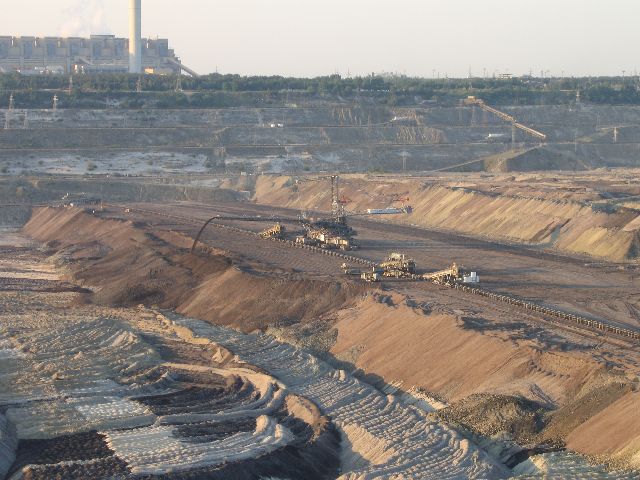The industrial revolution’s most important energy resource was coal, even today it generates most of the world’s electric power.
However, the last half century hasn’t been good for those communities and workers whose incomes are dependent upon coal as the industry has moved away from labour intensive ways of digging the stuff up, alternative sources of energy have developed and the consequences of dumping billions of tons of carbon into the planet’s atmosphere come to be understood.
The US Energy Information Administration’s annual report on the nation’s coal industry makes grim reading, with both production and employment levels falling.
Coal industry jobs were one of the touchstone issues in the recent US Presidential elections. As The Guardian reported, former staunch Democrats in the mining regions – some of America’s poorest counties – supported Donald Trump on the strength of the promise to reinvigorate the sector.
Sadly, as the EAI reports, those coal jobs are never coming back even if the world starts using more. Since World War II, the productivity of US coal mines has increased from .72 tons per worker to 5.22 in 2011.
Despite a recent slight drop in US productivity at the end of last decade – apparently due to spoil recovery during a period of booming prices – the trend is not good. As Australian academics warn, increased mine automation means jobs in that industry are going to become increasingly scarce.
Like Donald Trump and the distressed US mining regions, Australian politicians believe that coal mining will provide the jobs of the future. They are wrong.
Those communities and politicians hoping for jobs in the 21st Century may well be better off looking to the future rather than the past. Nineteenth Century thinking is not going to provide answers.

Leave a Reply